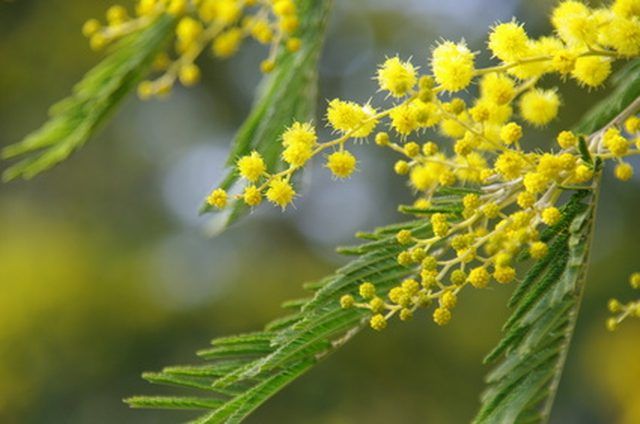Bulbs
Flower Basics
Flower Beds & Specialty Gardens
Flower Garden
Garden Furniture
Garden Gnomes
Garden Seeds
Garden Sheds
Garden Statues
Garden Tools & Supplies
Gardening Basics
Green & Organic
Groundcovers & Vines
Growing Annuals
Growing Basil
Growing Beans
Growing Berries
Growing Blueberries
Growing Cactus
Growing Corn
Growing Cotton
Growing Edibles
Growing Flowers
Growing Garlic
Growing Grapes
Growing Grass
Growing Herbs
Growing Jasmine
Growing Mint
Growing Mushrooms
Orchids
Growing Peanuts
Growing Perennials
Growing Plants
Growing Rosemary
Growing Roses
Growing Strawberries
Growing Sunflowers
Growing Thyme
Growing Tomatoes
Growing Tulips
Growing Vegetables
Herb Basics
Herb Garden
Indoor Growing
Landscaping Basics
Landscaping Patios
Landscaping Plants
Landscaping Shrubs
Landscaping Trees
Landscaping Walks & Pathways
Lawn Basics
Lawn Maintenance
Lawn Mowers
Lawn Ornaments
Lawn Planting
Lawn Tools
Outdoor Growing
Overall Landscape Planning
Pests, Weeds & Problems
Plant Basics
Rock Garden
Rose Garden
Shrubs
Soil
Specialty Gardens
Trees
Vegetable Garden
Yard Maintenance
Adaptation of Mimosa
Adaptation of Mimosa. According to Encyclopedia Britannica, Genus Mimosa contains more than 450 plants and is part of the pea family. Individual species may be herbs, shrubs, trees or woody climbers. Mimosas are called that because of the way they "mimic" animals by responding to outward stimuli and moving rapidly. On top of their movement, mimosas...

According to Encyclopedia Britannica, Genus Mimosa contains more than 450 plants and is part of the pea family. Individual species may be herbs, shrubs, trees or woody climbers. Mimosas are called that because of the way they "mimic" animals by responding to outward stimuli and moving rapidly. On top of their movement, mimosas have other survival adaptations having to do with their roots and seeds.
Rapid Movement
According to Plants In Motion, "Sensitive Plant" mimosas display a startling rapid response to touch and heat stimuli, called thigmonasty, or touch-induced movement. A low heat source at the edge of the leaf causes the leaf to slowly curl away, whereas a hard, sudden pressure causes the leaf to close in on itself instantaneously. Movement is caused by stimuli triggering an electrical signal, similar to the way nerve cells work in most animals. Mimosas likely developed this adaptation to shrink away from fire or dislodge unwelcome insect visitors that would otherwise feed on the plant.
Resilient and Prolific
The Mimosa pigra produces several pods at a time, and each pod contains 14 to 26 seeds each. According to Pacific Island Ecosystems at Risk, or PIER, this mimosa is so successful that it is considered an invasive weed in some areas, including Thailand and much of Australia. Eradication programs involving introducing pests to reduce mimosa numbers have begun. In Australia, a weevil to eat mimosa flowers, two beetles to eat the seeds and two moths to eat the stem have been released without any noticeable effect.
Pod Adaptations
Mimosa pigra, or catclaw mimosa, has a wide distribution, well beyond its native range in South and Central America, thanks to its seedpods' adaptations. According to Pacific Island Ecosystems at Risk, or PIER, the hard-shelled pods float readily along waterways and flood plains indefinitely, remaining dormant but viable until they reach drier locales. Additionally, the pods' bristles adhere to clothing, animals or muddy vehicles, spreading their range even farther.
Root Nodules
Mimosas have difficulty accessing sufficient nitrogen in the soil by themselves. According to Ethnogarden Botanicals, they have evolved a symbiotic relationship with rhizobium and bradyrhizobium bacteria to meet their nitrogen needs. The plant allows the bacteria to form in nodules on the roots, and in return, the bacteria convert unusable nitrogen into ammonia, which mimosas can use for their day-to-day requirements. Mimosas without this partnership with nitrogen-fixing bacteria grow poorly and generally die as seedlings.
Introducing Microbes
According to Ethnogarden Botanicals, store-bought mimosas need to be inoculated with nitrogen-fixing microbes in one of two ways. One, buy peas and plant them at the same time as the mimosas. Allow them to establish a root system and reach several inches of height. At this height, pinch them back to the surface.
Two, find already established mimosas growing in the area. Dig up the roots and take a few small pieces as well as some of the surrounding soil. Mix these into the soil where your new mimosas will grow. Keep an eye out for unwanted insects or fungi that could have come along for the ride.